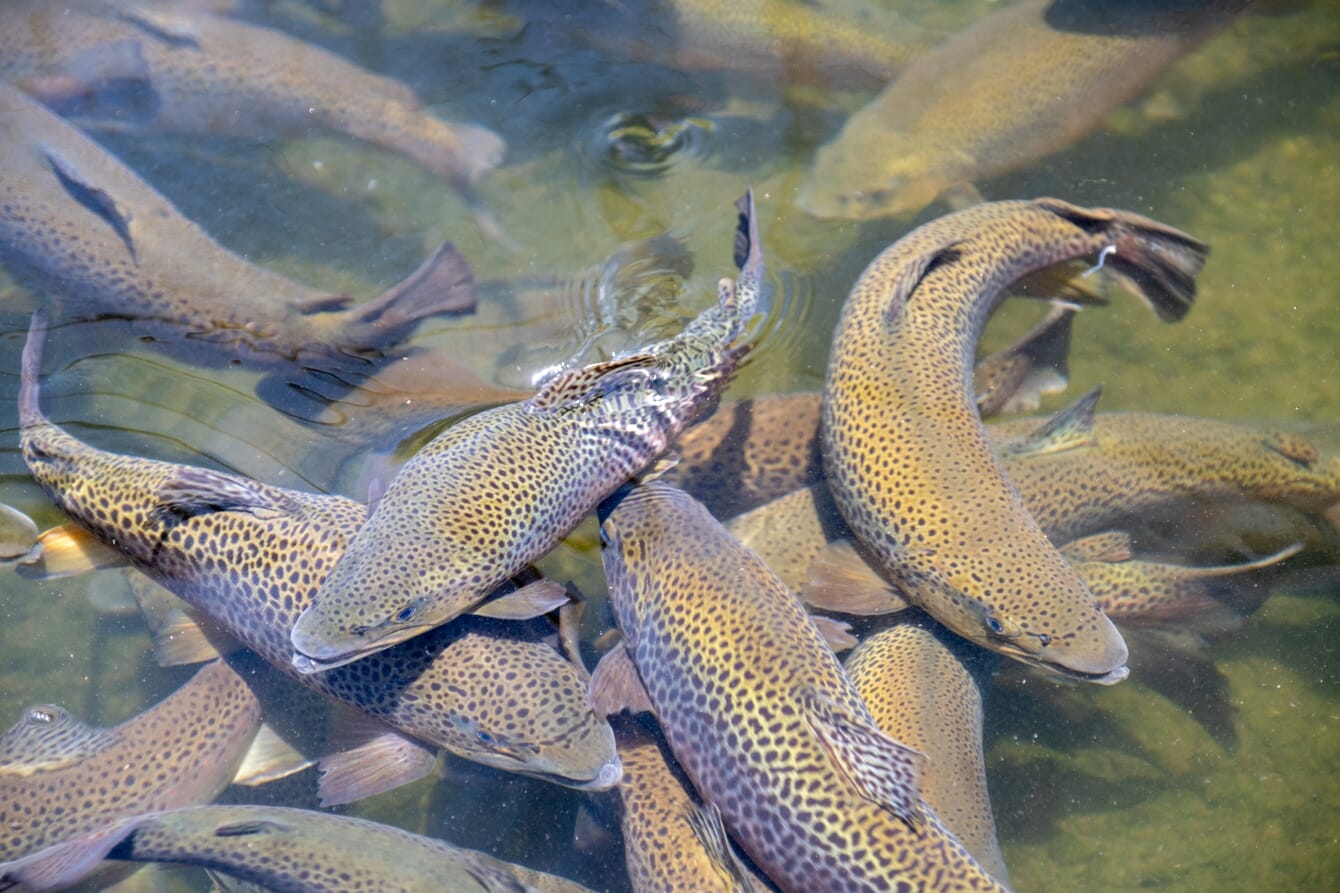
So concludes a new report by the European Market Observatory for Fisheries and Aquaculture (EUMOFA), which looks at the development of freshwater aquaculture in the EU over the last 20 years, provides an overview of the current status of the sector, examines its role across the region and highlights the main challenges and opportunities for its growth.
“Although freshwater aquaculture contributes to 20 percent of aquaculture volume in the EU, there is still considerable potential for sustainable growth of production and improvement of food security,” the report states.
It notes that the freshwater aquaculture sector in the EU has faced several constraints – including lack of investment and innovation, a low diversity of products in the market, a high degree of seasonality related to traditional carp dishes, strict environmental regulations, increasing bureaucracy and climate change.
“The importance of the freshwater aquaculture sector is underestimated in Europe. This is due to the low coverage of the data collection systems and the low understanding of the role played by the freshwater aquaculture in providing food and employment opportunities while maintaining European landscapes and cultural heritage,” the report argues.
The sector – of which rainbow trout make up 60 percent of the production, while common carp account for 23 percent – includes a wide range of production methods, ranging from extensive pond production to the use of recirculation systems (RAS).
“While the extensive methods provide socio-economic services to local communities, maintain areas of environmental importance and conserve traditions and cultural heritage of producing and consuming fish, innovative intensive methods bring higher production yields while managing environmental impacts,” the report continues.
While trout tend to be reared in intensive systems, carp are largely produced through more extensive and traditional techniques.
“Although carp production has stagnated in the last decade, the fish continues to play an important role in Eastern Europe, where religious holidays are hardly conceivable without carp. During these periods (mainly Christmas and Easter), demand for carp is important where the fish is bought fresh or even live, which reinforce the image of a festive product (ie seasonal consumption), inconvenient for everyday consumption,” states the report.

© Jiri Tashi Vondracek
“Unlike carp, trout has a strong image of convenient product. The differentiation strategies allow to offer new products to consumers and to sell at higher prices,” it adds.
The report argues that the future growth of the freshwater aquaculture sector is linked to the its ability to sustainably increase production through tailored and innovative solutions.
“This could concern, for example, the development of environmentally sustainable fish production (ie energy-efficient recirculating aquaculture systems, integrated multi-trophic aquaculture, the development of production of new species. Innovation in freshwater aquaculture sector remains at early stages and should be further encouraged and reinforced.
“The adoption of innovative solutions within the sector should be driven by appropriate regulations, simplified procedures and improved access to funding. The future growth is also linked to improved processing and marketing strategies to provide diversified products which could promote sales outside the typical marketing season for carp, to increase the demand of freshwater fish and to promote the consumption of new species. The recognition of the role of the aquaculture sector in Europe should go through an accurate monitoring of the freshwater aquaculture sector (ie an adapted data collection framework) and an accurate understanding of the specificities and the benefits associated to fish pond farming,” it concludes.




